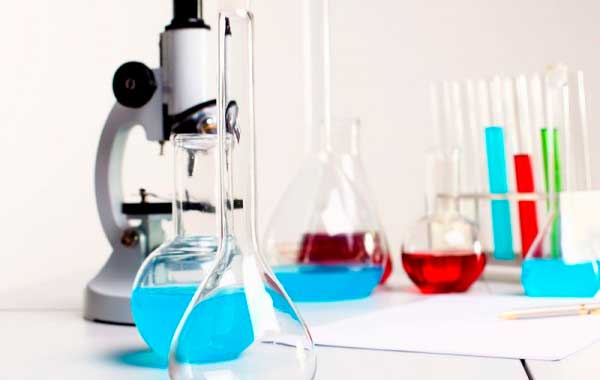Sample handling for Light Sheet Microscopy is one the most difficult issues to address. Gluing, cutting, hanging, pressuring the sample into a convenient support, are some of the common ways to try to fit the sample into any Light Sheet Microscope chamber. Also different types and sizes of samples require different ways of introduction to the sample chamber, but normally vendors leave this responsibility to the users. 3D printing is always a convenient solution for this but chemical compatibility with the clearing agents is limiting a lot the types of materials and designs that can be used.
In PlaneLight we built our QLS-scope in a way that can accommodate any size or type of sample, can image samples at any clearing agent and all this in a extremely simple user friendly way. We use different refractive index tubes of different diameters (according to sample size). This makes sample handling as easy as possible and the user always has the possibility to recover the sample after measurement. In the image below we demonstrate the refractive index matching between the materials of our sample chamber and the different clearing agents.
The importance of refractive index for Light Sheet microscopy
A key parameter to be optimized in microscopy is the pathway light will traverse from the sample to the objective. Changes in the physical nature of the different media on that path (sample, glassware, air, immersion oil, etc) determine how much distortion the image will suffer and how much optical information can be gathered. This is due to variations in refractive index (RI) of the different materials. If RI changes are too sharp, the physical parts surrounding your sample will become visible and diminish the quality of the image. This is especially relevant when using air objectives and long working distances.
As an integral part of QLS-Scope, our Light-Sheet Fluorescence microscope, we have devised simple, inexpensive setups that allow you to select the best optical context for your sample, irrespective of what clearing method you are using (hydration-, solvent- or transformation-based). As the panel shows, when all components match (green-framed set-ups) the tube containing the sample becomes nearly invisible and the refraction of light is minimal.

